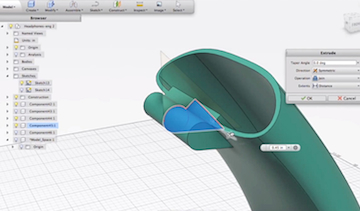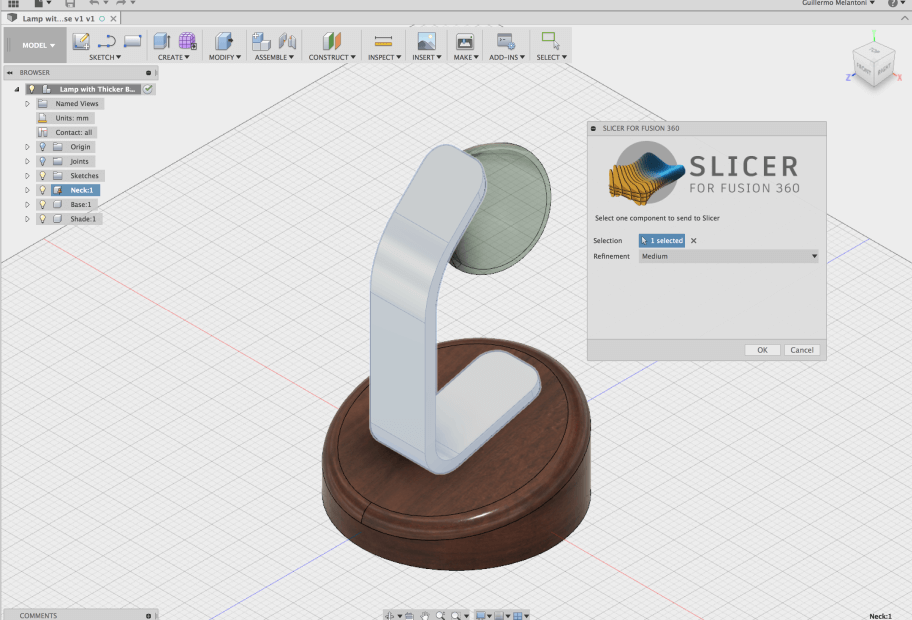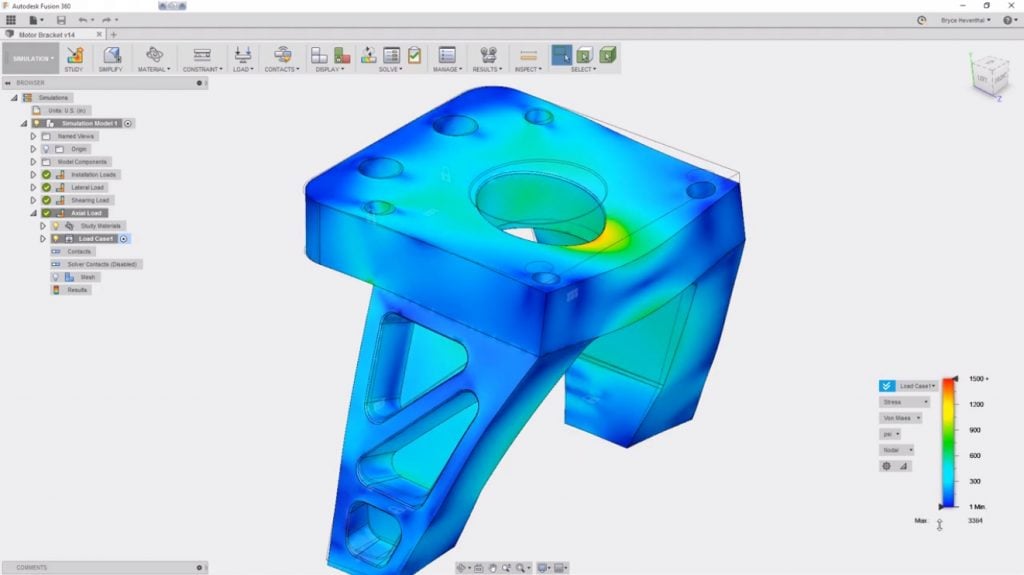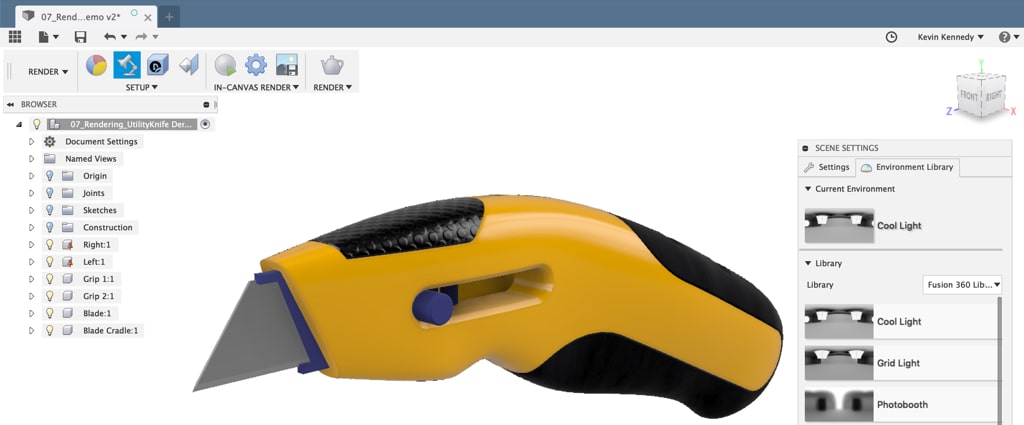

When adding joints, you'll be selecting points on components to indicate where things line up.Opmerkingen: Overall, my experience with Fusion 360 has been very positive. Ball – Allows the component to rotate about all three axes using a gimbal system (three nested rotations).Planar – Allows the component to translate along two axes and rotate about a single axis.Pin- slot – The component can rotate about an axis and translate about a different axis.

Cylindrical – Allows the component to rotate and translate along the same axis.Slider – Allows the component to translate along a single axis.Revolute – Allows the component to rotate around joint origin.Rigid – Locks components together, removing all degrees of freedom.

They are detailed here and you can watch videos on how to add them here and here. There are 7 types of joints with various degrees of freedom. Now that you have different components that make up your model, you can add joints to describe how the different components are constrained between one another. That being said, there's more flexibility and settings if you used Maya/Mental Ray. Fusion 360 is also free (to educators, tinkerers, and startups). If you've ever rendered something in Maya/Mental Ray on your personal computer, you know that even 50 frames could take a few hours. All because the processing is done on a set of servers somewhere far away. If you have Maya, or even Inventor, there are ways to do it in each respective program, but I've found that Fusion's Cloud Rendering is unique in that it outputs a fairly high quality video (.mp4) of a 100 frames in about 20 minutes.

Please keep in mind that this is one of many ways to render an animation.


 0 kommentar(er)
0 kommentar(er)
